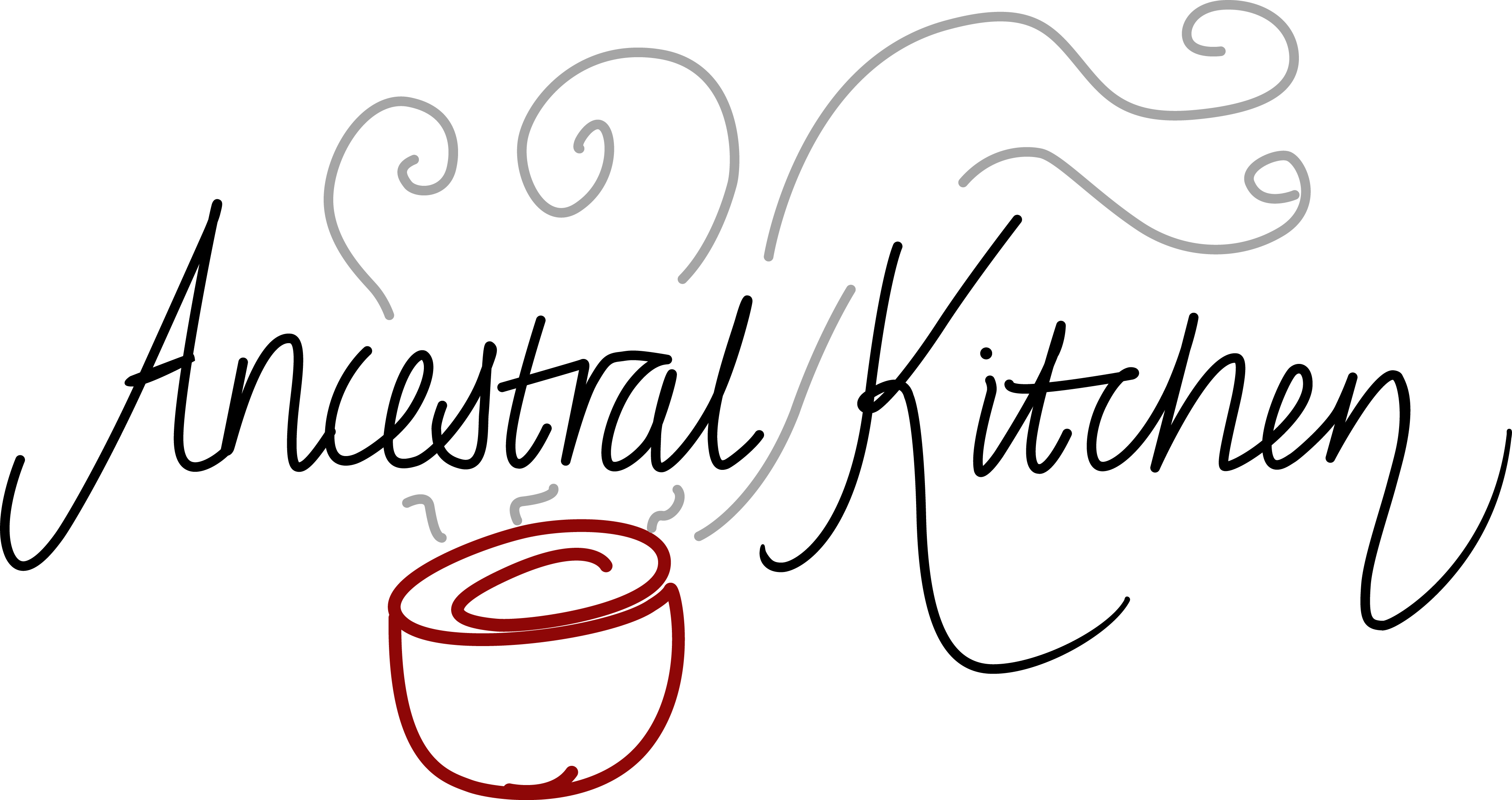We made lard this weekend and, as always happens, after we’d created a stash of the creamy-white fat we had, leftover, the crunchy, delicious ‘cracklings’. . Last time, I ground these up and made a sourdough layered Slovakian biscuit (thanks to @almostbananas). This time, I thought I’d keep them whole and stay in Italy – so I made this sourdough spelt sea salt, rosemary and lard crackling focaccia. . It was delicious, the lard cracklings gave off even more of their fat into the dough whilst cooking. Think crunchy, salty, nutty, fatty. We ate it warm from the oven.
We made lard this weekend and, as always happens, after we’d created a stash of the creamy-white fat we had, leftover, the crunchy, delicious ‘cracklings’.
.
Last time, I ground these up and made a sourdough layered Slovakian biscuit (thanks to @almostbananas). This time, I thought I’d keep them whole and stay in Italy – so I made this sourdough spelt sea salt,
rosemary and lard crackling focaccia.
.
It was delicious, the lard cracklings gave off even more of their fat into the dough whilst cooking. Think crunchy, salty, nutty, fatty. We ate it warm from the oven.










